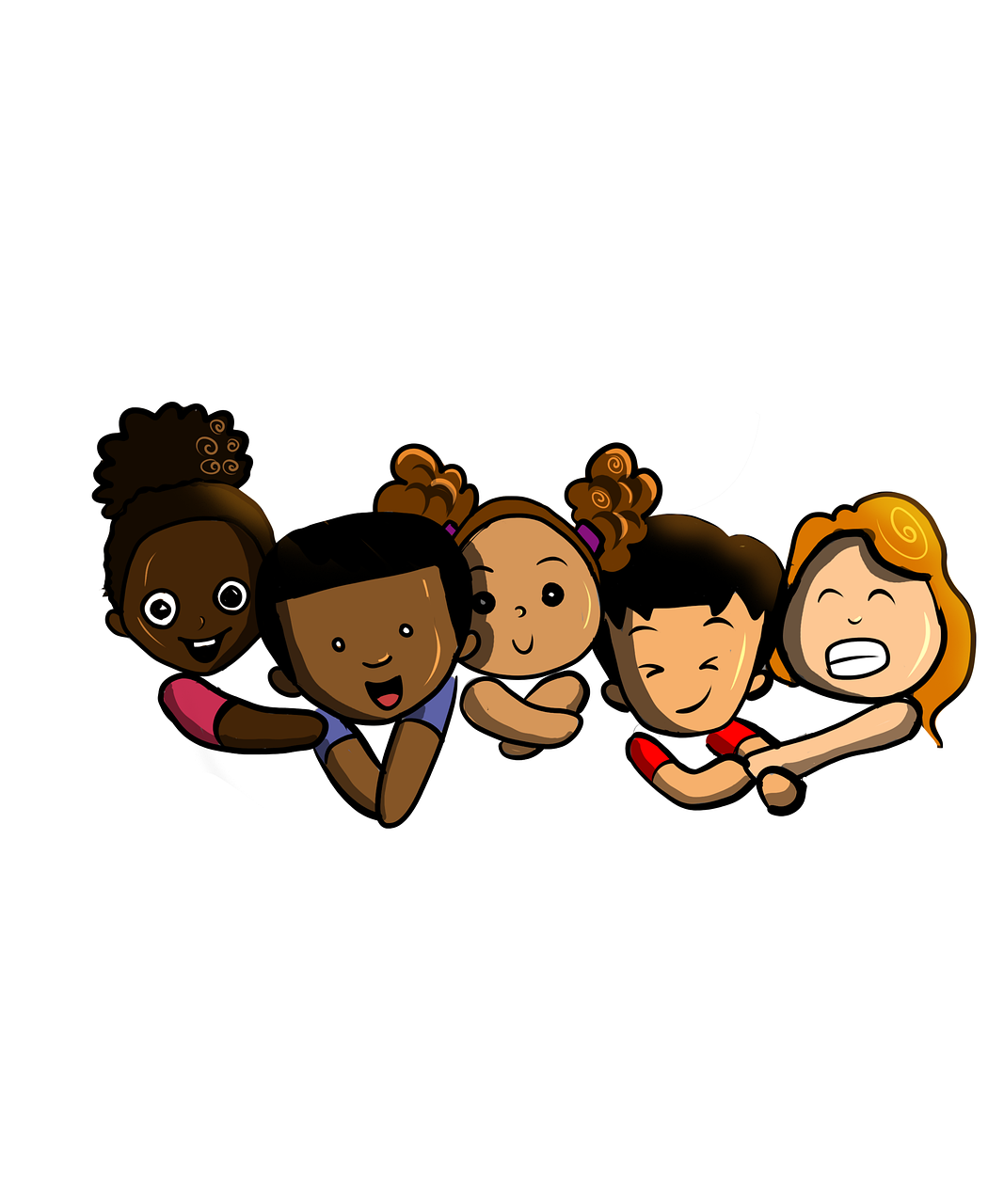Obsessive-compulsive disorder (OCD) is a challenging condition for any age group, but working with children requires unique considerations. Kids may experience OCD differently than adults, often expressing their distress in ways that are less verbal and more behavioral. Understanding these nuances is essential for therapists aiming to provide effective, compassionate care.
1. Recognizing the Symptoms of Pediatric OCD
Children can lack the language to communicate their obsessions and compulsions, so their symptoms may appear as:
- Avoidance of certain objects, people, or places.
- Frequent reassurance-seeking from parents, teachers, or peers.
- Ritualized behaviors (e.g., repeated handwashing, checking, or organizing).
- Emotional outbursts when rituals are disrupted or when feeling overwhelmed.
OCD symptoms can be mistaken for oppositional behavior or ODD, ADHD, or general anxiety. Doing a careful assessment with kids can help provide a clear and accurate diagnosis.
2. Involving Families in Treatment
Family involvement is non-negotiable when working with kids with OCD. Parents or guardians can unknowingly accommodate OCD behaviors to reduce their child’s distress, which can reinforce the disorder. Examples of accommodation include:
- Participating in rituals (ex: checking with the child).
- Modifying family routines to avoid triggering situations.
- Reassuring the child excessively.
Therapists should work with families to reduce accommodations while providing education about OCD and Exposure and Response Prevention (ERP). Remember that accommodation reduction plans focus on the family’s behavior, not the child’s behavior.
3. Making ERP Kid-Friendly
Exposure and Response Prevention involves gradual exposure to feared situations while resisting compulsions. With kids, bringing creativity and playfulness into the mix can keep the process engaging and increase buy-in. For example:
- Use games: Create challenges with a reward system for facing fears.
- Storytelling: Frame exposures as heroic adventures where the child confronts their “OCD villain” or the “worry monster”.
- Art and visuals: Use drawing, coloring, or crafts to explore fears and create personalized exposure plans.
4. Addressing Developmental Differences
Children’s cognitive abilities and emotional regulation are still developing, which can influence treatment. Therapists should:
- Use simple, concrete language to explain OCD and treatment strategies.
- Metaphors and analogies can be really helpful to use when explaining key concepts to kids!
- Break down exposures into smaller, manageable steps.
- Incorporate a reward system for taking brave steps toward beating OCD.
- Externalize OCD and give them a choice of how they want to refer to OCD.
5. Normalizing the Experience
Kids with OCD can feel isolated or ashamed of their symptoms. It’s important to normalize their experience by explaining that OCD is a common and treatable condition. Using analogies, such as describing OCD as a “bully in the brain,” can help children externalize their symptoms and feel empowered to fight back.
6. Building on Strengths and Interests
Playing off a child’s strengths and interests can be really impactful with children. Use things they’re interested in, like playing sports, playing with friends, doing well in school or having fun with their family and tie exposures to these goals. This is similar to incorporating values into ERP with adults; it increases interest and buy-in. Using strengths and interests in ERP work with kids also helps them to see the “why” behind the hard work of treatment.
7. Collaborating with Schools
OCD doesn’t just affect kids at home; it often interferes with schoolwork, social interactions, and extracurricular activities. Collaborating with teachers and school counselors can help ensure:
- Accommodations aren’t utilized in a counterproductive or harmful way
- Educators understand that compulsions are part of OCD, not behavioral defiance.
- The child feels supported across all environments.
Make sure to get a release of information for school contacts to facilitate these conversations.
8. Celebrating Progress
Celebrate every victory, no matter the size, with the child and their family to build momentum. Rewards, praise, and tracking achievements can reinforce their courage and commitment. For extra buy in, get the child involved in choosing their rewards.
Wrapping Up
Working with kids with OCD requires patience, creativity, and a family-focused approach. By addressing developmental needs, incorporating play, and enlisting family support, therapists can make a lasting impact. With proper guidance and evidence-based treatment, kids can learn to manage OCD and reclaim their lives by taking one brave step at a time.
To learn more, visit IOCDF’s family page.
